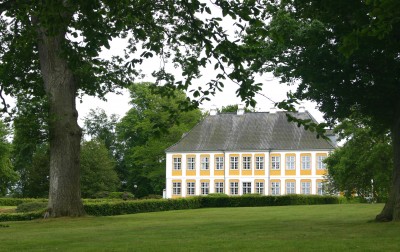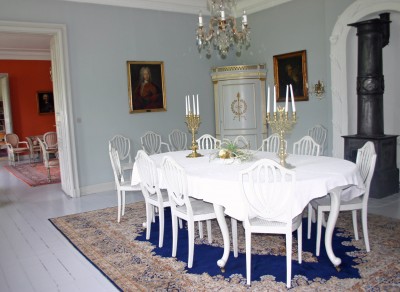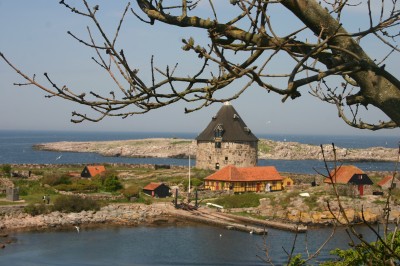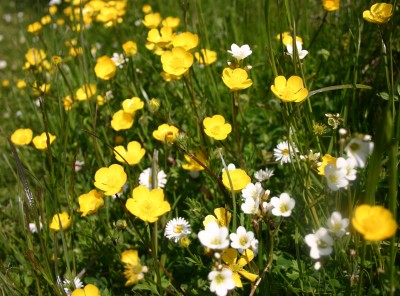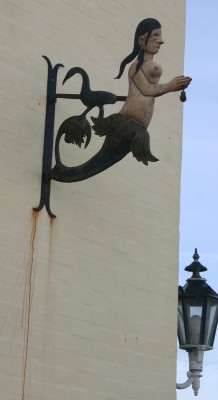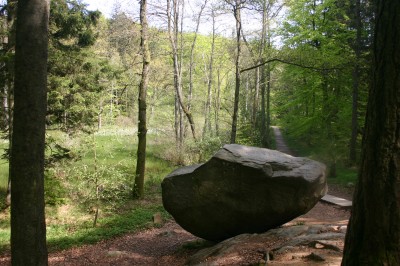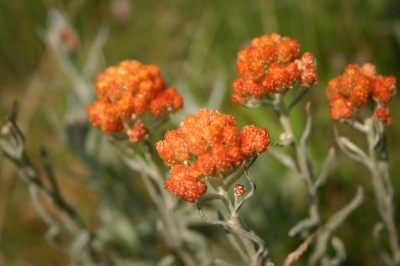I have been sleeping at a manor and feeling a breath of history.
A couple of friends of mine and I have spent a weekend at Sandbjerg Manor in the “deep south” of Denmark learning the history of the manor and the Reventlow family who owned Sandbjerg and made indelible marks on Danish history.
I must be up front and admit that I am not a history buff as such, but I think it’s important to get a feeling for what shaped the country I have been living in for the past 30+ years. The history of Denmark in general has been one of wars, romances, battles, loves and fortunes won and lost, despotic kings and enlightened kings, and inevitably, political intrigues. South Denmark is an area where the border has shifted north and south between Denmark and Germany and nationalistic feelings can still rise high particularly in this area.
The original Sandbjerg was built in 1572 on the banks of Als Sund by Duke Hans the Younger. About 100 years later the Reventlow family took over, making it their count’s estate, and Conrad Reventlow moved in. The pretty yellow building was built in 1788 for Count Conrad George Reventlow.
For centuries the Reventlow family was very close to the monarchy During the weekend at the manor we learn about some of the more colourful and famous figures of the Reventlow family.
The lovely Anna Sophie Reventlow was undoubtedly the family member who came closest to the monarchy in that she became the lover of King Frederik IV. At the tender age of 17 years she married the king in a morganistic marriage to the chagrin of his official wife, Queen Louise, who ended up living more or less in exile. Only days after Queen Louise died Frederik and Anna Sophie were married royally much to the disgust of Louise’s children, heirs to the throne. These events took place in the early 1700s.
Three kings later another Reventlow was embroiled in the workings of the monarchy. The king this time was Christian VII who lived from 1766-1808. This king was mentally fragile and somewhat mad. His chamberlain Reventlow believed in harsh and corporal discipline and was definitely not the right man for the job of forming such an mentally unstable king.
Christian VII married Caroline Matilda, the 15-year-old daughter of the Prince of Wales. This unhappy marriage ended in one of the juicier scandals of Danish history with the king’s German doctor Struensee grabbing not only the young and lovestruck Caroline Matilda but also the de facto power over Denmark, Norway and Holstein from the increasingly apathetic and distracted king. The end result for Struensee was a sentence to a gruesome death. (I recommend the recent movie about this, aptly called “A Royal Affair”.)
One a more peaceful note, Count Christian Ditlev Frederik Reventlow was another powerful family member. In the late 1700s he was influential in reforming agricultural and school laws that gave more freedom and knowledge to the farmers, paving the way for democracy in Denmark in the 19th century.
The Reventlow family still exists and the men still carry some combination of the names Christian, Frederik, Ditlev and Conrad. In fact, we find that a Ditlev Reventlow is among the weekend history course participants and that my friend went to school with his sister. Denmark is a small world!

